Hidden within the vast terrain of south India are some truly cold and amazing places that offer you a much-needed escape from the warmth of the other parts of India. These destinations are scattered across the states of Tamil Nadu, Kerala, Karnataka and Andhra Pradesh.
These states are famous tourist destinations for their cool climates, misty mornings and breathtaking surroundings. They provide the best retreat for the travellers who are looking for peace, nature and to enjoy an exciting vacation. Many of these cold destinations have rich history and culture that includes some of the oldest places in south India.
Ooty: The Most Visited Coldest Place in South India
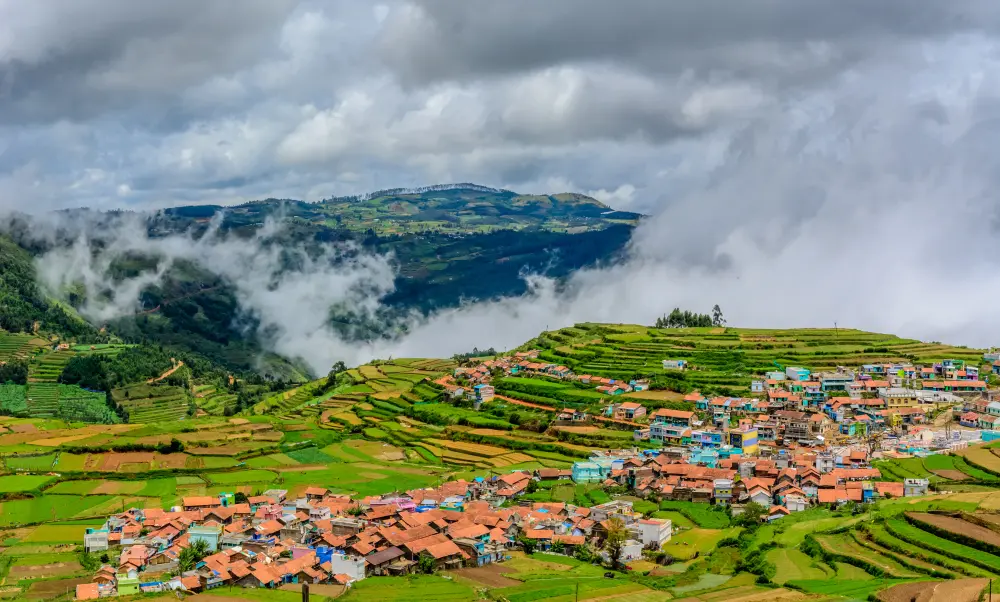
It’s widely loved for its cool weather and peaceful surroundings. This beautiful hill station lies in the Nilgiri Hills at an elevation of around 2,200 metres. The temperature hardly goes above 20 degrees even during the summers. You also get to visit some of the best attractions of Ooty like the botanical gardens, the famous Ooty lake and the popular heritage railway.
Ooty is also close to some of the coldest place in South India, home to indigenous tribes and colonial-era architecture, blending natural beauty with historical depth. The cool air combined with sprawling tea plantations creates a refreshing atmosphere that captivates every visitor.
Kodaikanal: The Princess of All Hill Stations
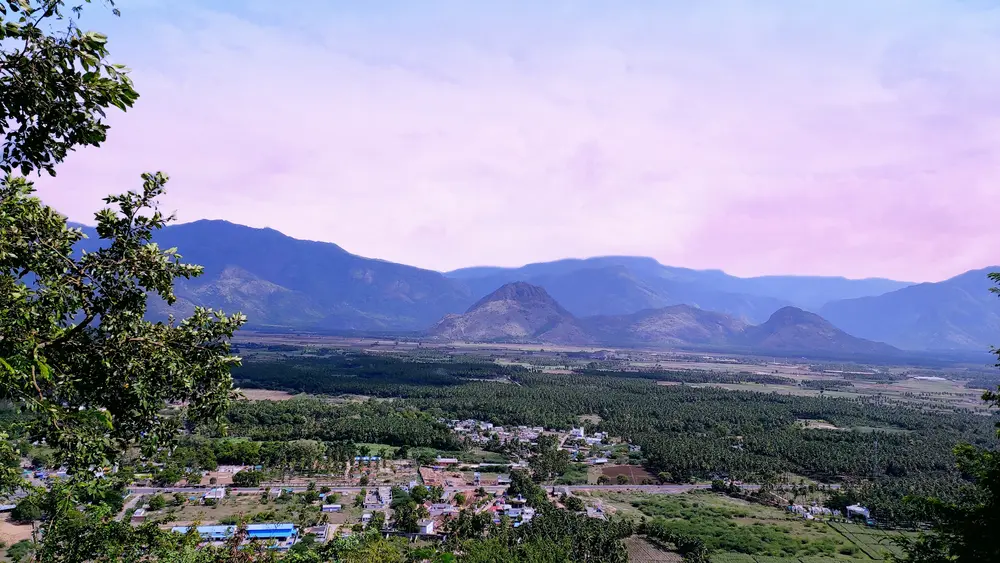
Kodaikanal is another gem among the coldest place in south India which is known for its mist-covered valleys and wooded landscapes. Situated over 2,100 metres above the sea level, this beautiful place offers you a mild and pleasant climate throughout the year.
Tourists come here to enjoy picturesque lakes, waterfalls and the famous Coaker’s Walk, a pathway with breathtaking views of the surrounding hills.
Kodaikanal also offers you historical temples and churches that reflect centuries of religious and cultural traditions.
Munnar: A Refreshing Escape into Tea Country
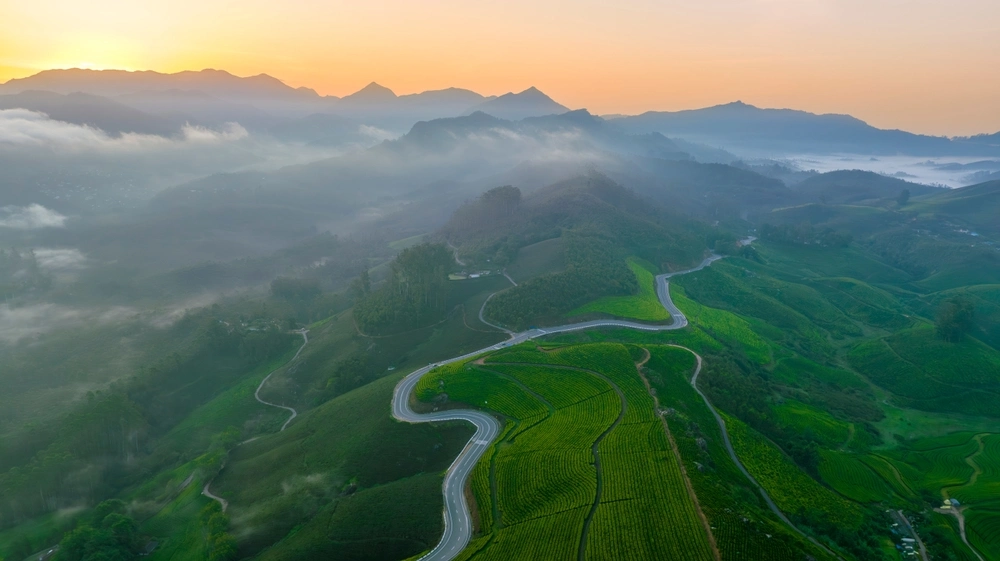
Munnar sits high in the hills of Kerala and is best known for its rolling tea gardens and crisp, cool climate that makes every visit feel refreshing. The elevation of Munnar keeps temperatures below 25°C, even during summer. The vast tea estates not only produce some of the finest tea in India but also offer visitors calm walks through green hills and the chance to spot rare wildlife in Eravikulam National Park.
Munnar’s history dates back to the early 19th century when the British established the tea plantations. These make it a key part of Kerala’s colonial heritage and one of the coldest place in South India to explore.
Coorg: Visit the Scotland of India
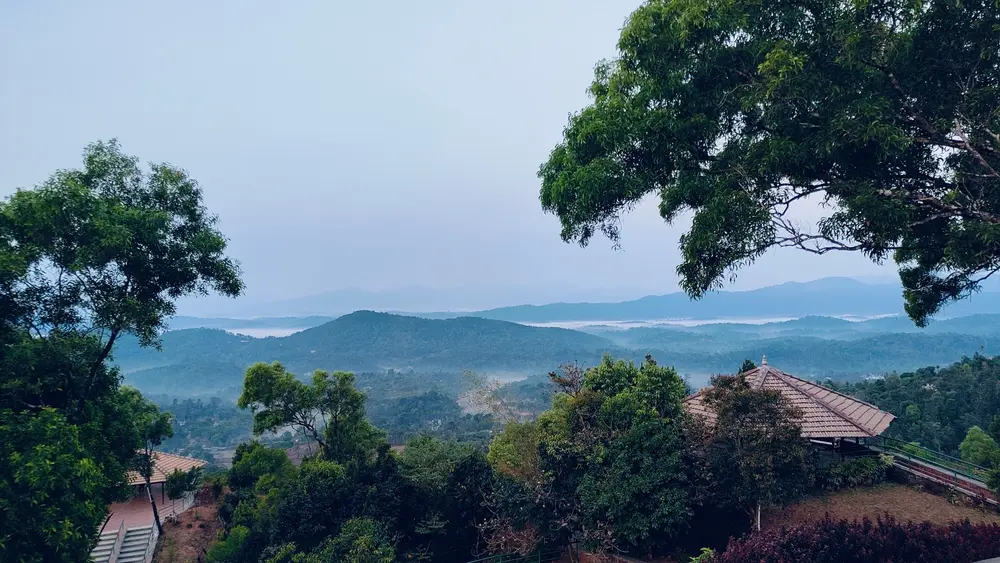
Coorg in Karnataka, often called the “Scotland of India.” This place is renowned for its coffee plantations and cool climate. The misty hills and dense forests of Coorg make it a refreshing getaway from city heat. Coorg’s pleasant temperatures that range between 15°C and 25°C, create the best environment for trekking, wildlife spotting and indulging in local cuisine.
Besides its natural beauty, Coorg also carries a rich history with ancient temples and a unique Kodava culture that has flourished for centuries, linking it to some of the oldest places in the Western Ghats.
Wayanad: Great Blend of History and Cool Climate
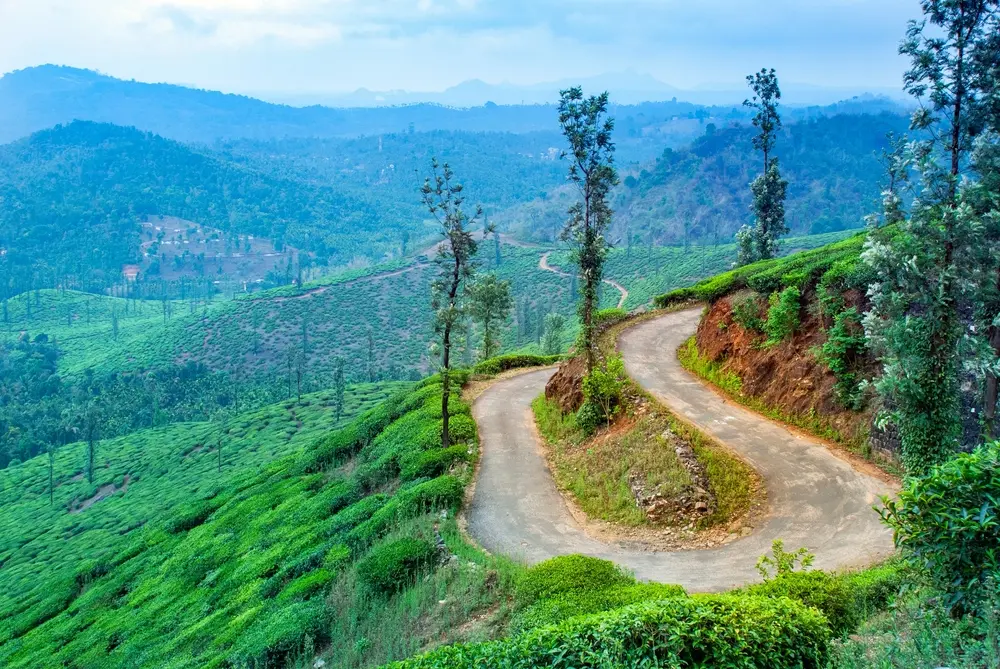
Wayanad is a beautiful district in Kerala that combines a cool mountain climate with a wealth of historical significance. This region is dotted with wildlife sanctuaries, waterfalls, and archaeological sites dating back to the Neolithic age. Visitors explore caves, ancient ruins and tribal villages that give insight into the earliest human settlements in South India.
Wayanad’s moderate temperatures and lush green surroundings make it a peaceful haven for travellers who want to witness both nature and history.
Yercaud and Coonoor: Hidden Hill Treasures
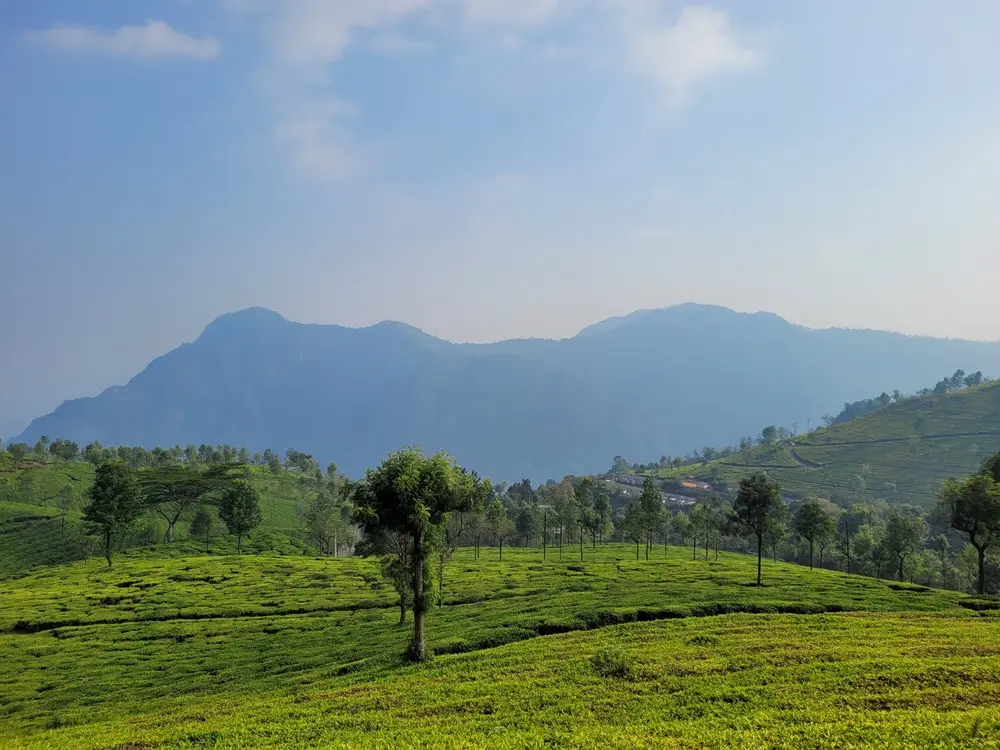
Yercaud and Coonoor are lesser-known hill stations that also enjoy cool climates thanks to their elevation in the Eastern and Western Ghats respectively. Yercaud’s spice plantations and quiet lakes offer an offbeat and chilled experience, while Coonoor’s tea gardens and scenic viewpoints rival the better-known Ooty for natural beauty.
Both these places are close to historic settlements, maintaining their connection to South India’s ancient cultural roots while providing a serene retreat from warmer plains.
Agumbe and Valparai: Nature’s Cool Retreats
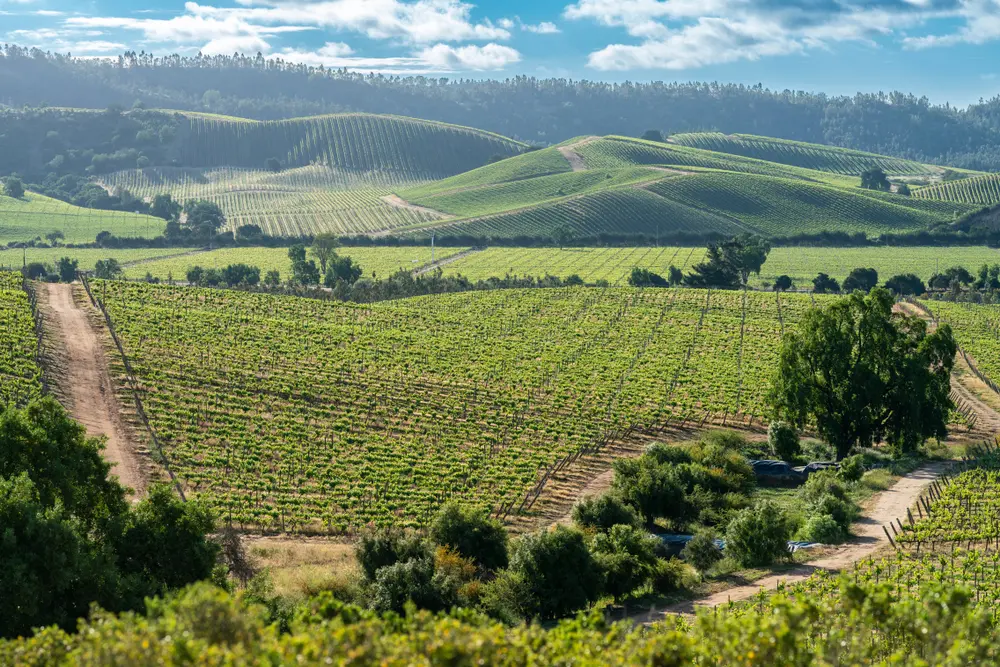
Agumbe in Karnataka, often nicknamed the “Cherrapunji of South India,” is loved for its lush green rainforests and constant downpours that bring the place to life. Its elevation keeps temperatures low which makes it one of the coldest place in south India and the most biodiverse spots in the region.
Nearby Valparai in Tamil Nadu is another cool and quiet hill station surrounded by tea and coffee plantations, perfect for the people who want to spend their vacation in peace and wildlife. Both destinations offer visitors a unique blend of cool climate and rich natural heritage.
Horsley Hills: Andhra Pradesh’s Cool Escape
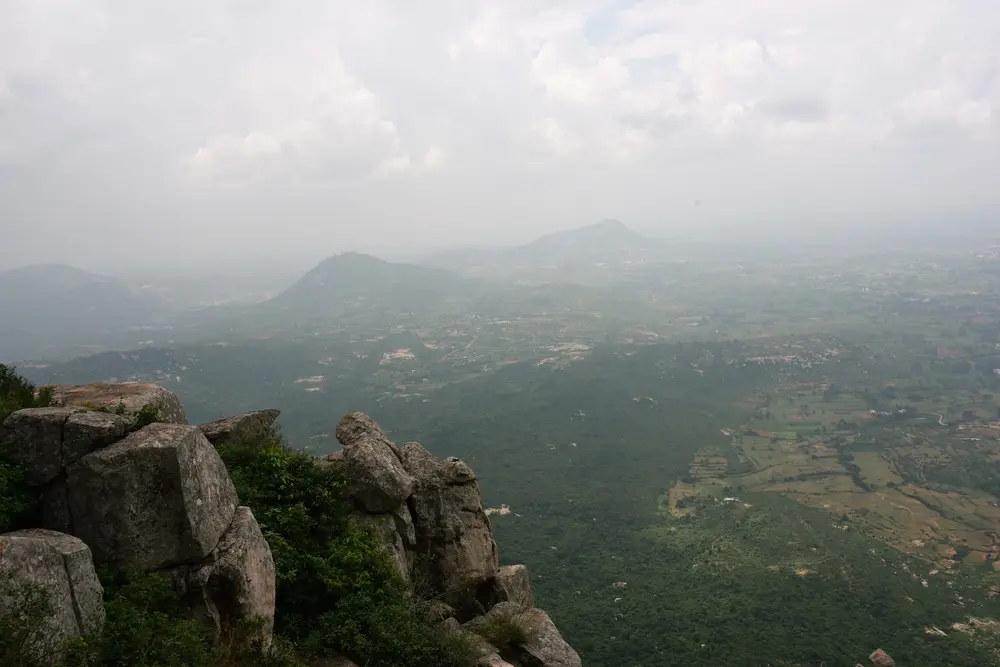
Hills in Andhra Pradesh is one of the coldest place in South India but this place is not as famous as the above mentioned well-known places. Its moderate temperatures and scenic hilltops attract visitors who prefer off-the-beaten-path destinations.
Jungal Safari: Explore the Best Coldest Place in South India With Experts
For travellers who are looking for an authentic and stress free experience to visit the coldest place in South India, Jungal Safari is your best partner. With years of expertise in crafting customised tours, we specialise in showing you not only the popular hill stations but also the hidden gems that only a few get to explore.
Jungal Safari focuses on providing a combination of nature, history and culture in every itinerary we create in order to ensure you experience the full richness of the coldest place in south India. Our experienced and knowledgeable guides provide you all the insights into the area’s heritage, to make your trip both educational, peaceful and entertaining.
What sets Jungal Safari apart is our commitment to personalised service and sustainable travel experiences. We prioritise your comfort and safety while respecting local communities and environments to help you create lasting memories without compromising on the natural beauty and cultural integrity of these stunning tourist locations.
Conclusion
Coldest place in South India gives you a window into the rich history, culture and breathtaking natural beauty of these stunning hill stations. From the iconic hills of Ooty and Kodaikanal to the lesser-known gems like Horsley Hills and Valparai, every destination offers you a very unique experience that combines cool climate with deep traditional roots.
If you are also ready to explore these amazing places and uncover the stories hidden within South India’s cold hills, partner with Jungal Safari to guide your journey. Our bespoke tour packages with a local guide will help you make the most out of your trip. Visit www.31jungletours.com today and start your trip to the coldest and most captivating corners of South India.
Faq About Coldest Place in South India
1. What is the coldest place in South India?
The coldest place in South India is generally considered to be Ooty in Tamil Nadu, located in the Nilgiri Hills at around 2,200 meters above sea level. Other cold destinations include Kodaikanal, Munnar, Coorg, and Wayanad, all offering refreshing climates and scenic beauty.
2. When is the best time to visit the coldest places in South India?
The ideal time to visit these destinations is from October to March, when temperatures are pleasant and the weather is perfect for sightseeing, trekking, and exploring tea and coffee plantations.
3. Which South Indian hill station is best for a peaceful getaway?
For a tranquil escape, Valparai, Horsley Hills, and Yercaud are perfect. These offbeat hill stations are less crowded but offer cool weather, serene landscapes, and opportunities to enjoy nature away from city life.
4. What activities can I do in Ooty and Kodaikanal?
Visitors can enjoy:
🔹 Boating at Ooty Lake and Kodaikanal Lake
🔹 Exploring botanical gardens
🔹 Scenic walks along Coaker’s Walk in Kodaikanal
🔹 Tea plantation tours
🔹 Heritage railway rides in Ooty
5. Are there historical sites to visit in these cold places?
Yes, many hill stations in South India are rich in history. Wayanad has Neolithic caves and ancient ruins, Coorg has centuries-old temples, and Ooty and Kodaikanal reflect colonial-era architecture, offering a mix of history and culture.
6. Which destinations are ideal for nature and wildlife lovers?
For nature enthusiasts, Munnar, Agumbe, and Wayanad are ideal. You can explore:
🔹 Eravikulam National Park in Munnar
🔹 Rainforests in Agumbe
🔹 Wildlife sanctuaries in Wayanad
These spots are perfect for trekking, spotting rare species, and enjoying lush green landscapes.
7. How can I reach these cold hill stations in South India?
Most hill stations are accessible by road and train. Ooty and Kodaikanal are connected to major cities like Chennai, Bangalore, and Coimbatore. Munnar and Wayanad are reachable from Kochi and Calicut. Hiring a cab or joining a guided tour like Jungal Safari is convenient for exploring hidden gems.
8. Are these cold places suitable for family trips?
Absolutely! Hill stations like Ooty, Kodaikanal, Munnar, and Coorg are family-friendly with calm weather, scenic viewpoints, lakes, and plantations. They offer safe trekking routes, picnic spots, and cultural experiences for all ages.
9. What makes Agumbe and Valparai unique among South India’s cold destinations?
Agumbe is known as the “Cherrapunji of South India” due to its heavy rainfall and lush rainforests, while Valparai offers serene hilltops surrounded by tea and coffee plantations. Both are quieter destinations, ideal for those seeking peace, nature, and wildlife experiences.
10. Why should I choose Jungal Safari for exploring these destinations?
Jungal Safari provides expert-guided, customised tours across the coldest places in South India. They combine nature, history, and culture in every itinerary, ensuring a safe, comfortable, and enriching travel experience. Their tours also focus on sustainable travel and personalized services for a memorable journey.
11. What is the lowest temperature in South India today?
The lowest temperature in South India today is usually recorded in hill stations like Ooty, Kodaikanal, and Munnar, often ranging between 8°C to 15°C depending on the season. These elevated regions stay cool even when surrounding plains are warm.
12. What are the top 10 coldest places in South India?
The top 10 coldest places in South India include:
1. Ooty (Tamil Nadu)
2. Kodaikanal (Tamil Nadu)
3. Munnar (Kerala)
4. Coorg (Karnataka)
5. Wayanad (Kerala)
6. Yercaud (Tamil Nadu)
7. Coonoor (Tamil Nadu)
8. Agumbe (Karnataka)
9. Valparai (Tamil Nadu)
10. Horsley Hills (Andhra Pradesh)
These hill stations are famous for their cool climate, scenic beauty, and peaceful retreats.
13. What are the coldest places in South India during summer?
During summer, Ooty, Kodaikanal, Munnar, Coorg, and Wayanad remain pleasantly cool, with temperatures rarely exceeding 25°C. These destinations are perfect escapes from the hot plains of South India.
14. Which is the coldest hill station in South India?
The coldest hill station in South India is Ooty, situated in the Nilgiri Hills. Its elevation of 2,200 meters ensures a cool climate year-round. Other cold hill stations include Kodaikanal, Munnar, Coorg, and Wayanad.
15. Are there hidden cold places in South India apart from famous hill stations?
Yes! Lesser-known destinations like Agumbe, Valparai, Yercaud, Horsley Hills, and Coonoor are equally cool. These places are ideal for travellers seeking solitude, scenic landscapes, and moderate temperatures throughout the year.
16. Can I experience snow in South India’s coldest places?
Snowfall in South India is extremely rare. However, frost and chilly conditions are common in places like Ooty and Kodaikanal during winter. These destinations still provide a refreshing escape from hot weather even without snow.
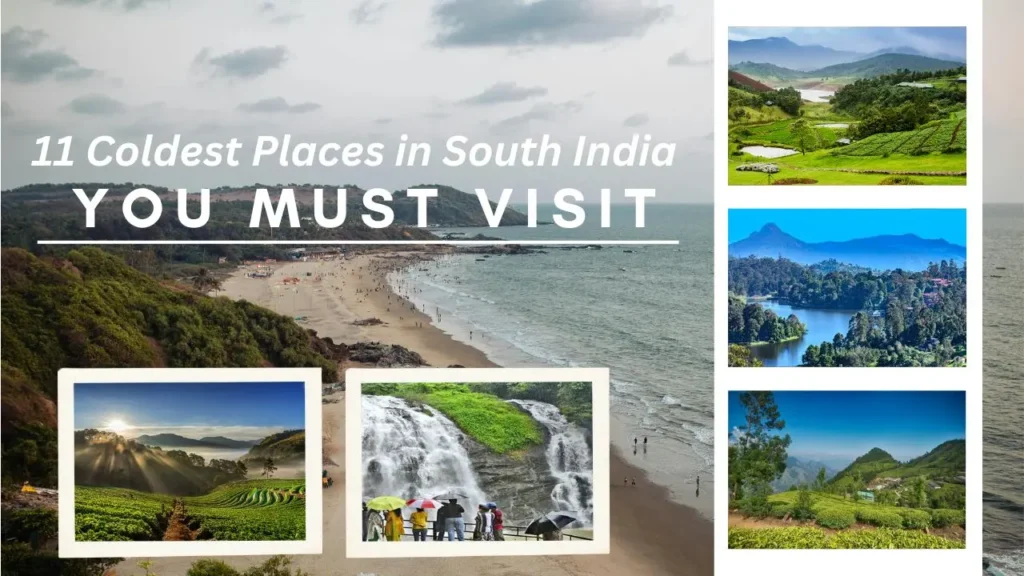
Pingback: 7 Places to visit in Sundarbans National Park in 2025
Pingback: Top 7 Epic Wildlife Sanctuaries in Jammu and Kashmir
Pingback: Top 7 Wildlife Sanctuaries in Himachal Pradesh You Must Explore
Pingback: Top 10 Wildlife Sanctuaries in West Bengal You Must Visit
Pingback: Top 7 Wildlife Sanctuaries in Punjab You Must Visit
Pingback: Top 10 Wildlife Sanctuaries in India to Explore in 2025
Pingback: Top 7 Wildlife Sanctuaries in Sikkim You Must Explore
Pingback: Top 7 Wildlife Sanctuaries in Haryana You Must Explore
Pingback: Top 7 Wildlife Sanctuary in Uttarakhand You Must Visit
Pingback: Top 7 Wildlife Sanctuary in Chhattisgarh You Must Explore
Pingback: Top 6 Wildlife Sanctuary in Meghalaya You Must Explore
Pingback: Top 11 Wildlife Sanctuary in Bihar You Must Visit in 2026
Pingback: Top 5 Hill Stations in South India You Must Visit in 2026
Pingback: Top 10 Best 2 Days Trek in Himachal - Routes & Tips